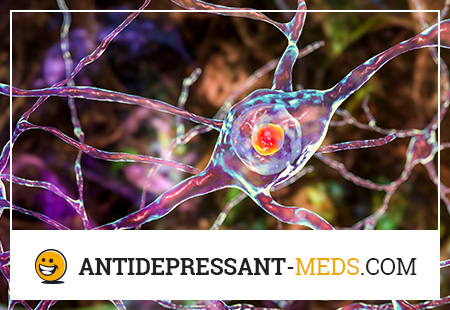What is Hyperkinetic Disorders?
This group of disorders is characterized by an early onset; a combination of overly active, weakly modulated behavior with marked inattention and lack of perseverance in the performance of any tasks. Behavioral features manifest themselves in all situations and are constant in the time interval.
Hyperkinetic disorders usually occur in the first 5 years of life. Their main features are the lack of perseverance in cognitive activity, the tendency to move from one task to another, without completing any of them; excessive but unproductive activity. These characteristics persist at school age and even in adulthood. Hyperkinetic children are often reckless, impulsive, tend to get into difficult situations because of rash actions. Relationships with peers and adults are broken, without a sense of distance.
Secondary complications include disocial behavior and reduced self-esteem. Concomitant difficulties in mastering school skills (secondary dyslexia, dyspraxia, dyscalculia, and other school problems) are often observed.
Prevalence
Hyperkinetic disorders occur several times more often in boys than in girls (3: 1). In elementary school, disorder is observed in 4–12% of children.
Symptoms of Hyperkinetic Disorders
The main signs are attention disorders and hyperactivity, manifested in various situations – at home, in children’s and medical institutions. Characterized by frequent changes and interruption of any activity, without trying to complete it. Such children are overly impatient, restless. They can jump up during any work, chatter excessively and make noise, fidget … It is diagnostic to compare the behavior of such children with other children of this age group.
Related clinical characteristics: disinhibition in social interaction, recklessness in dangerous situations, thoughtless violation of social rules, interruption of classes, thoughtless and incorrect answers to questions. Learning disorders and motor clumsiness are quite often observed. They should be coded under the rubric (F80-89) and should not be part of this disorder.
Most clearly the clinic disorder manifests itself at school age. In adults, hyperkinetic disorder can manifest itself in a disocial personality disorder, substance abuse or another condition with impaired social behavior.
Diagnosis of Hyperkinetic Disorders
The most difficult to differentiate from behavioral disorders. However, if there is a majority of the criteria for hyperkinetic disorder, then his diagnosis should be made. When there are signs of severe general hyperactivity and behavior disorders, a diagnosis of “hyperkinetic behavior disorder” is made (F90.1).
Phenomena of hyperactivity and inattention can be symptoms of anxiety or depressive disorders (F40 – F43, F93), mood disorders (F30-F39). The diagnosis of these disorders is made in the presence of their diagnostic criteria. A dual diagnosis is possible when there are separate symptoms of hyperkinetic disorder and, for example, mood disorders.
The presence of an acute onset of hyperkinetic disorder at school age may be a manifestation of a reactive (psychogenic or organic) disorder, manic state, schizophrenia, neurological disease.

